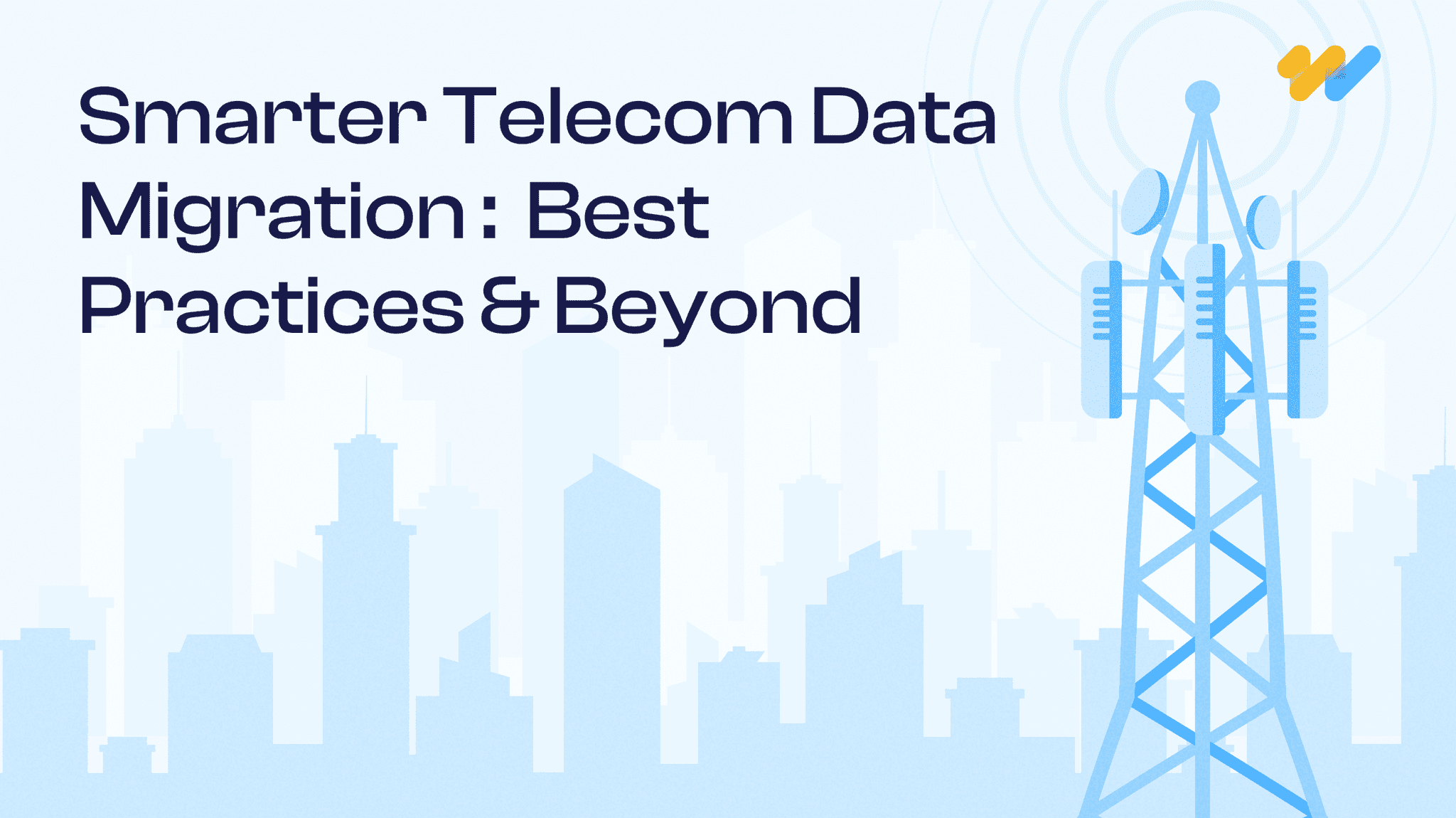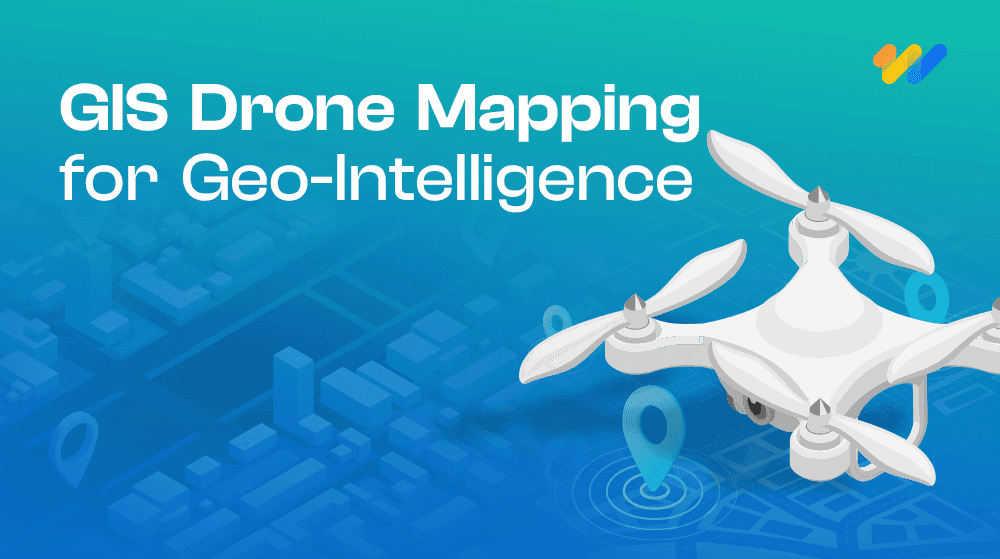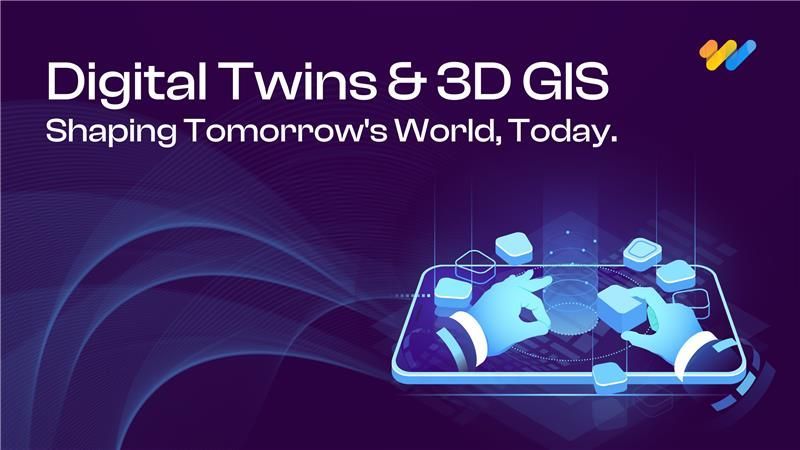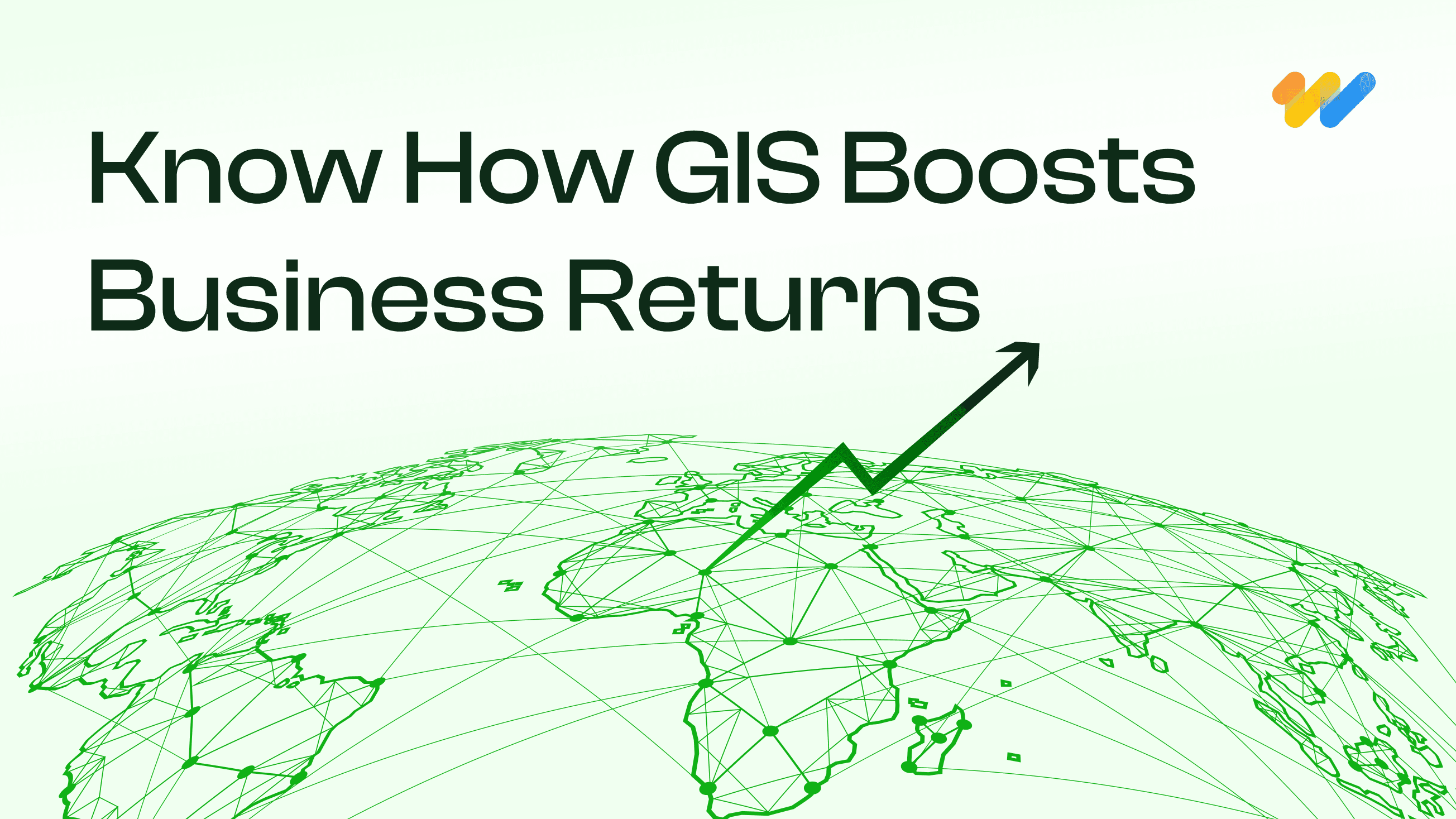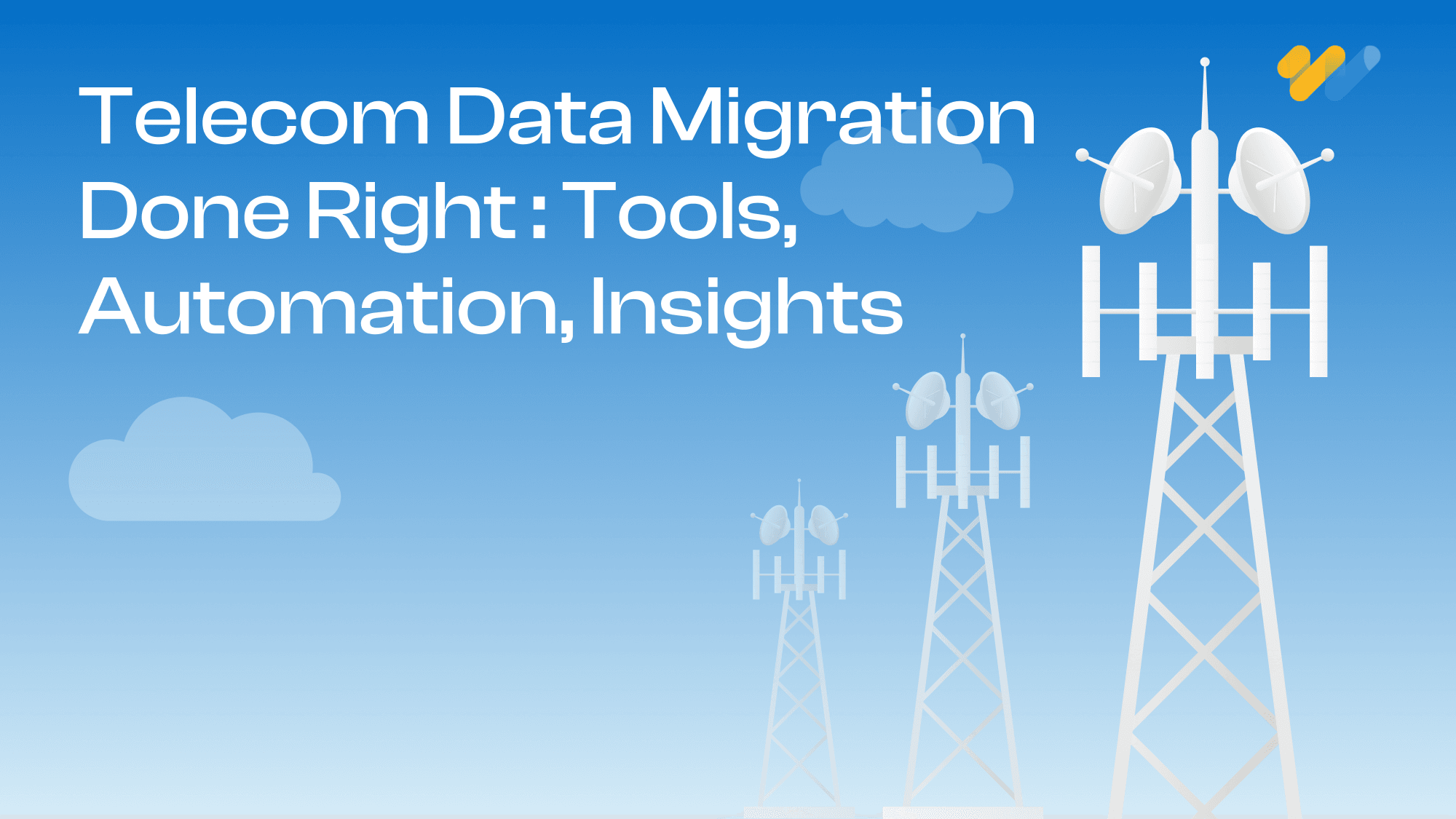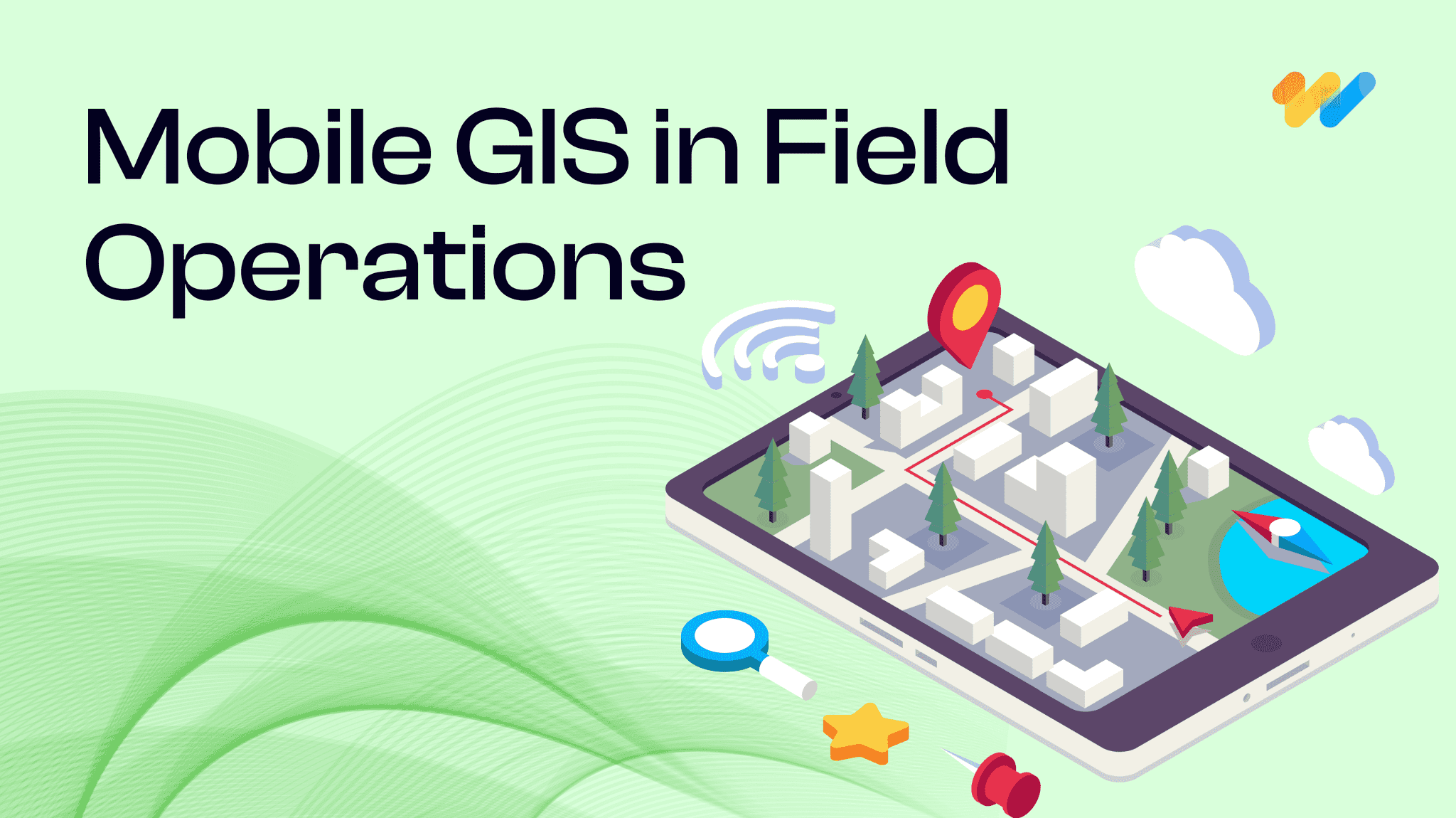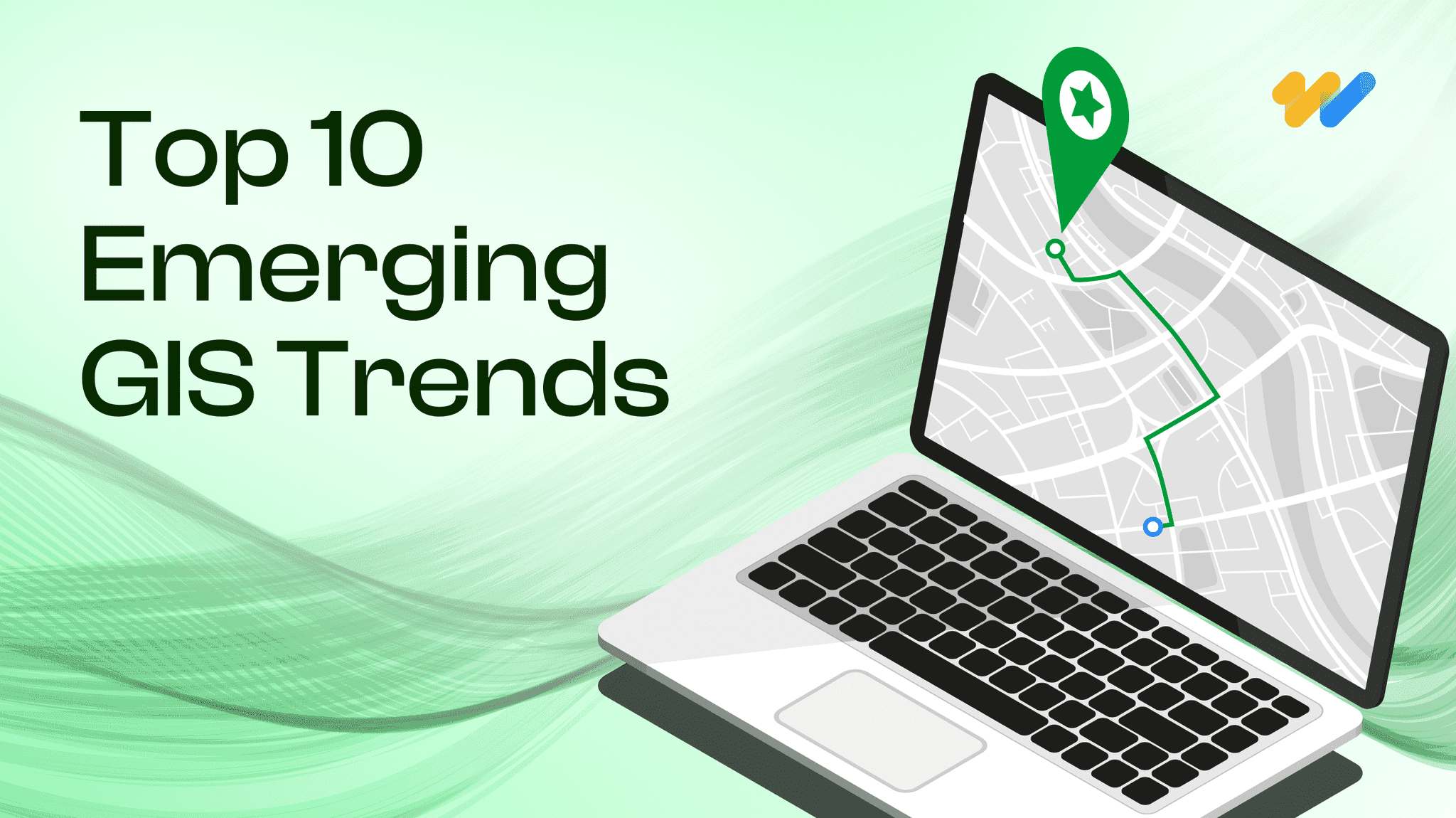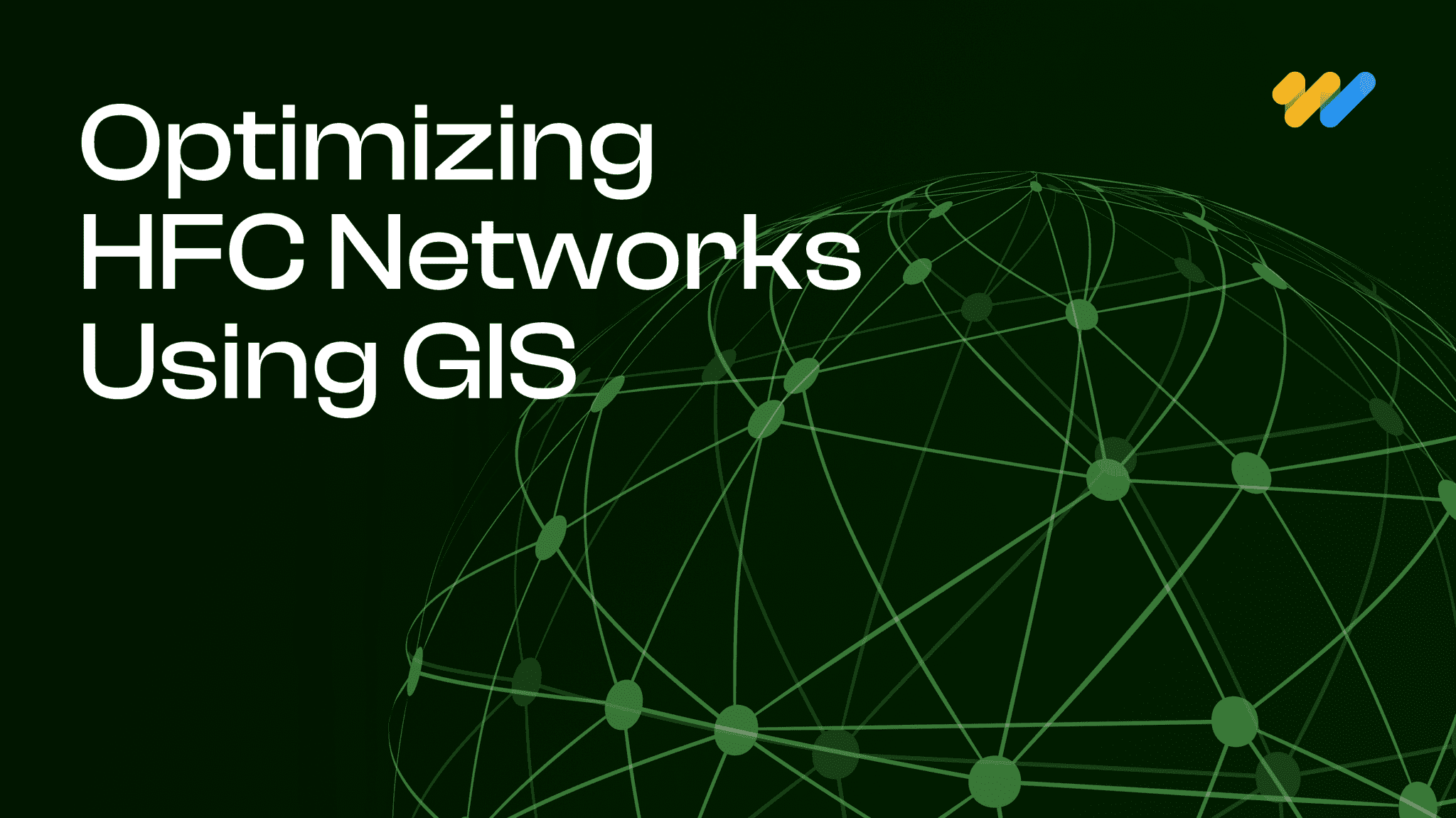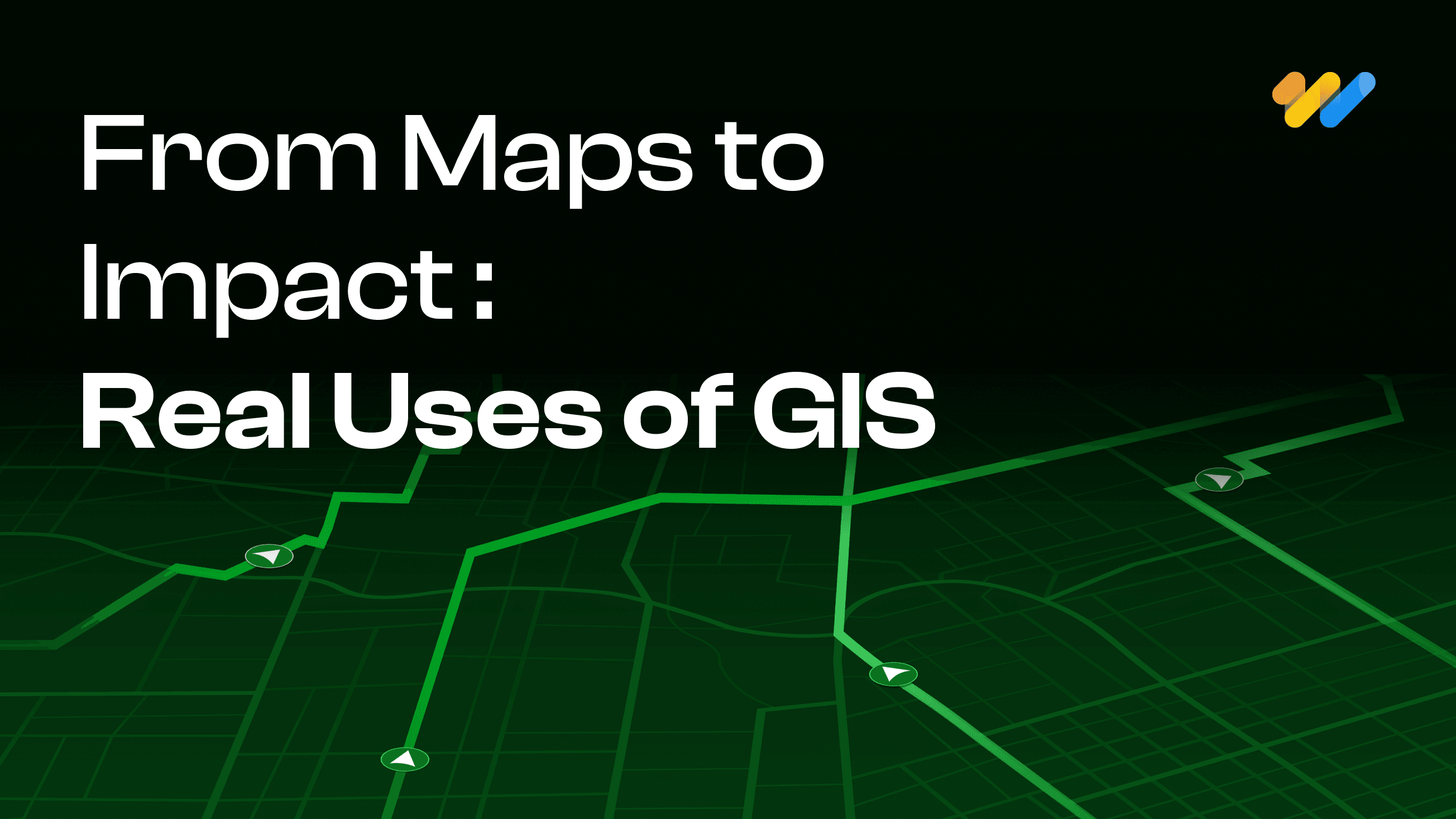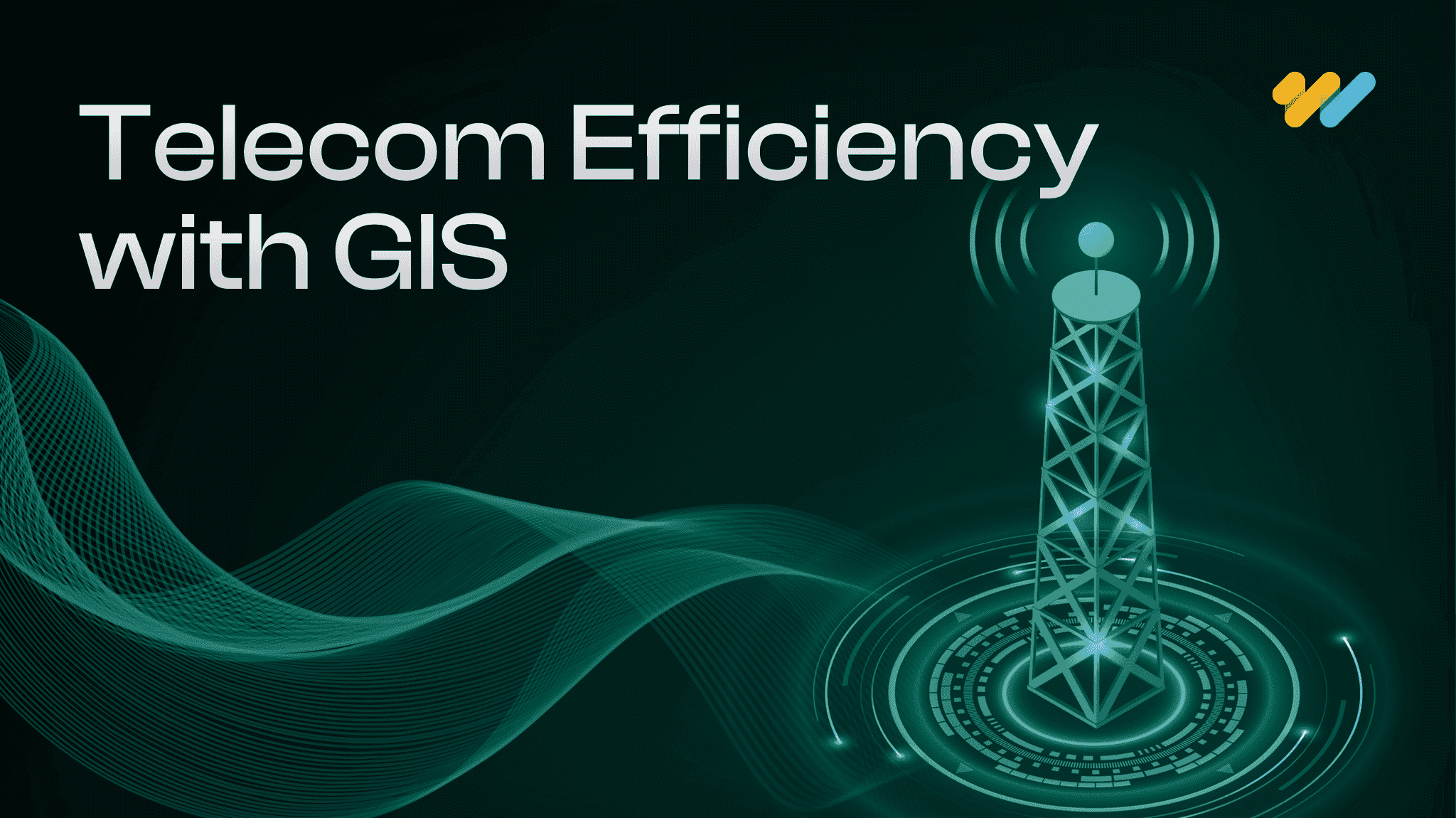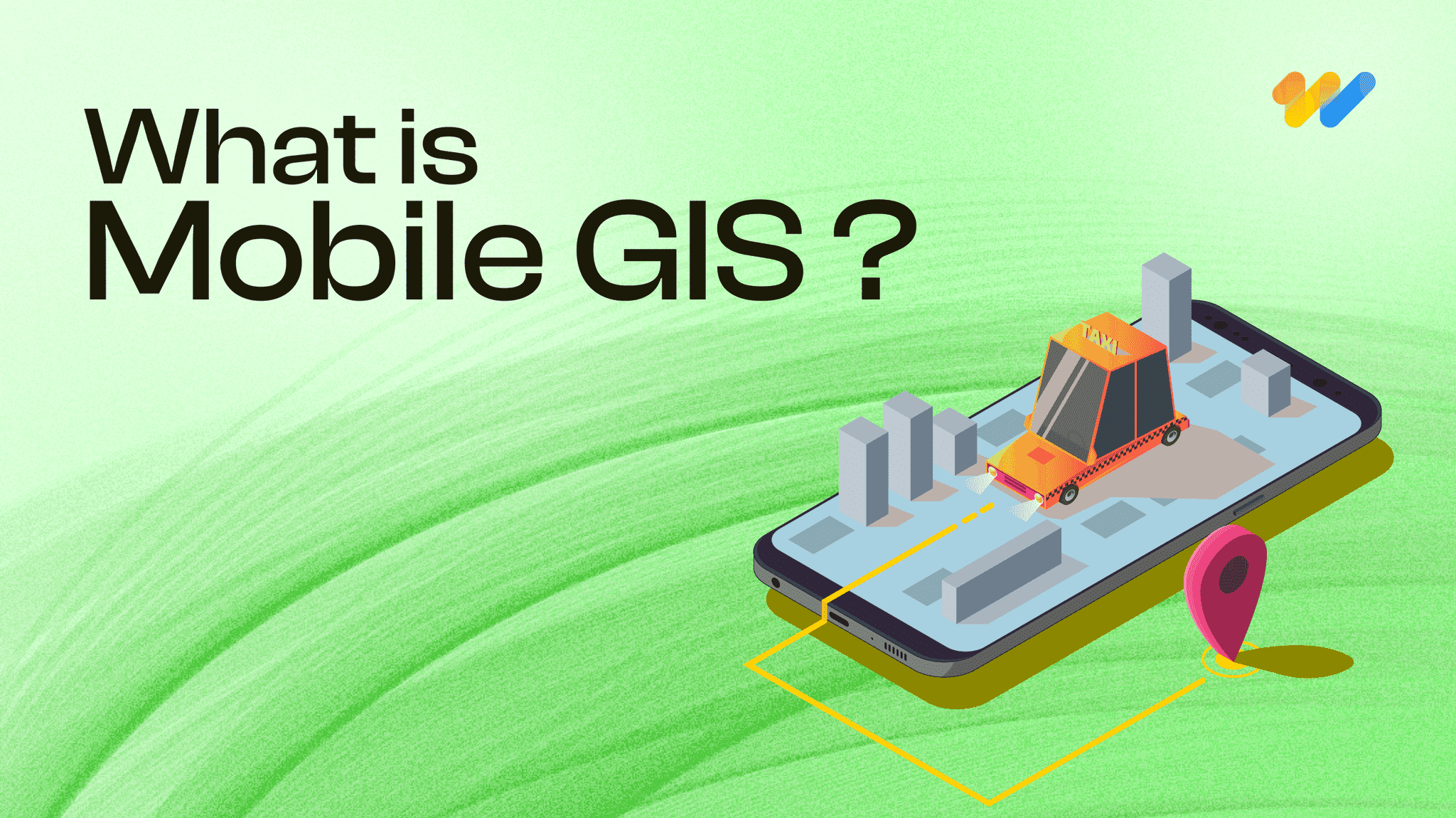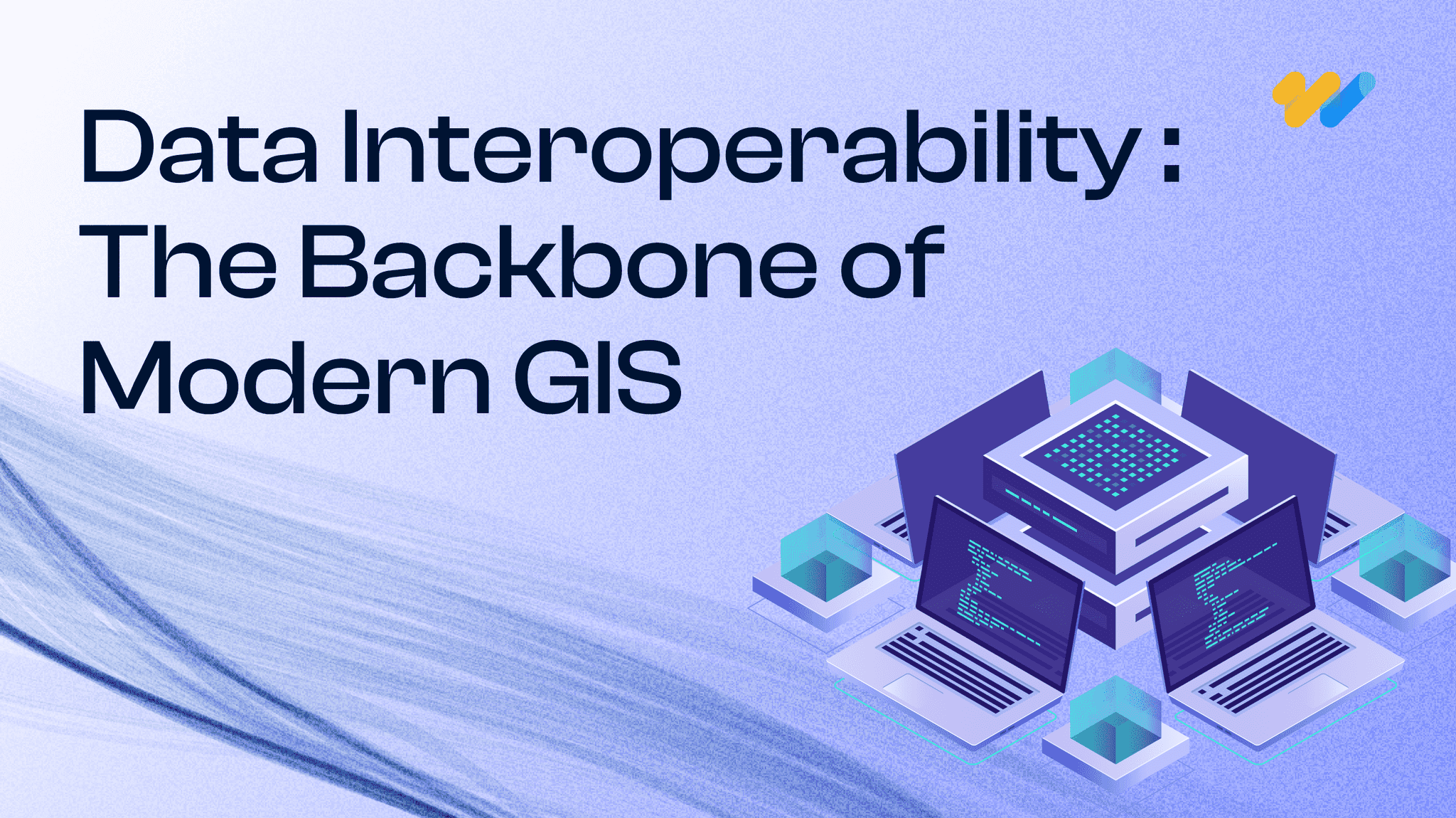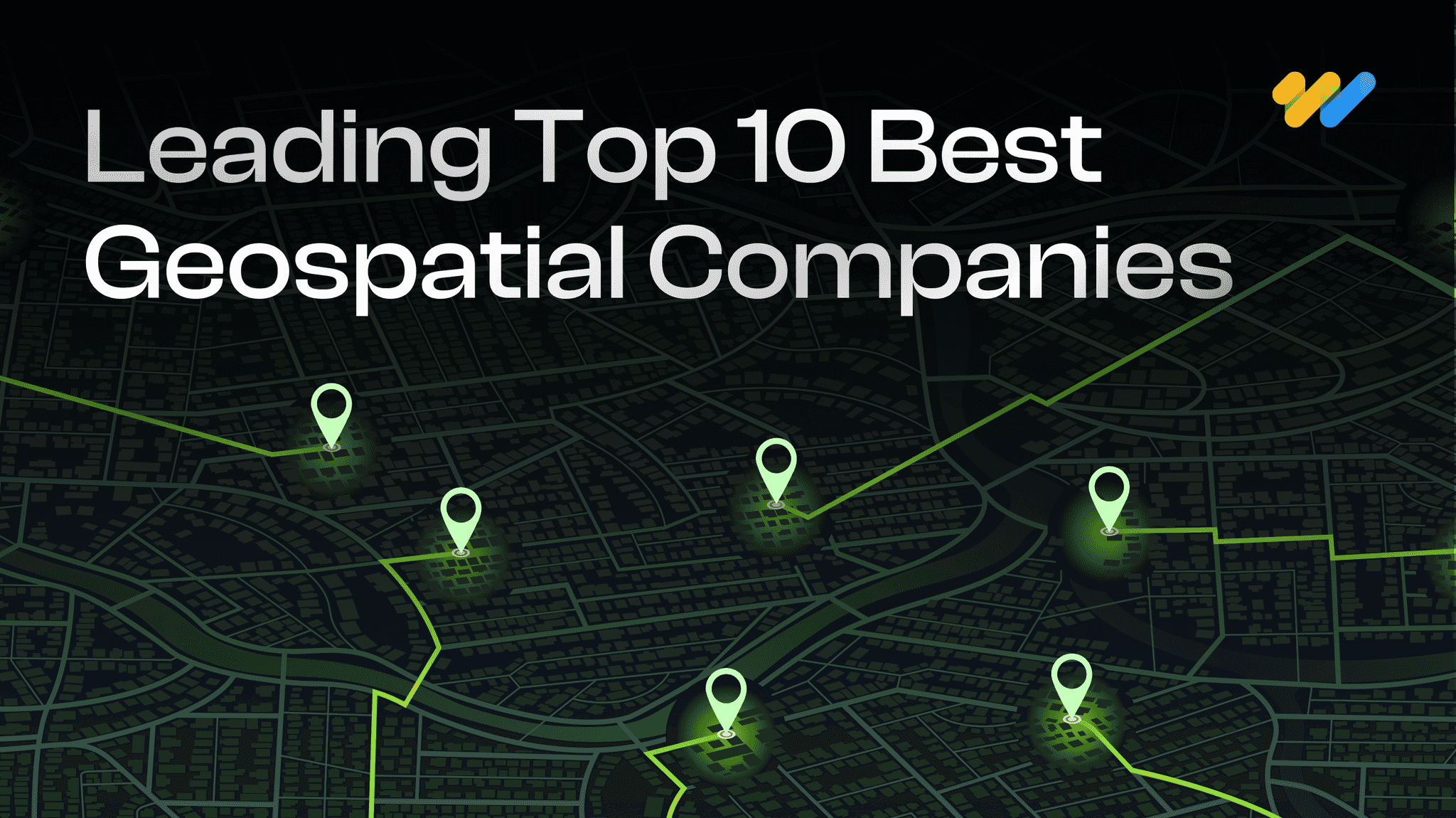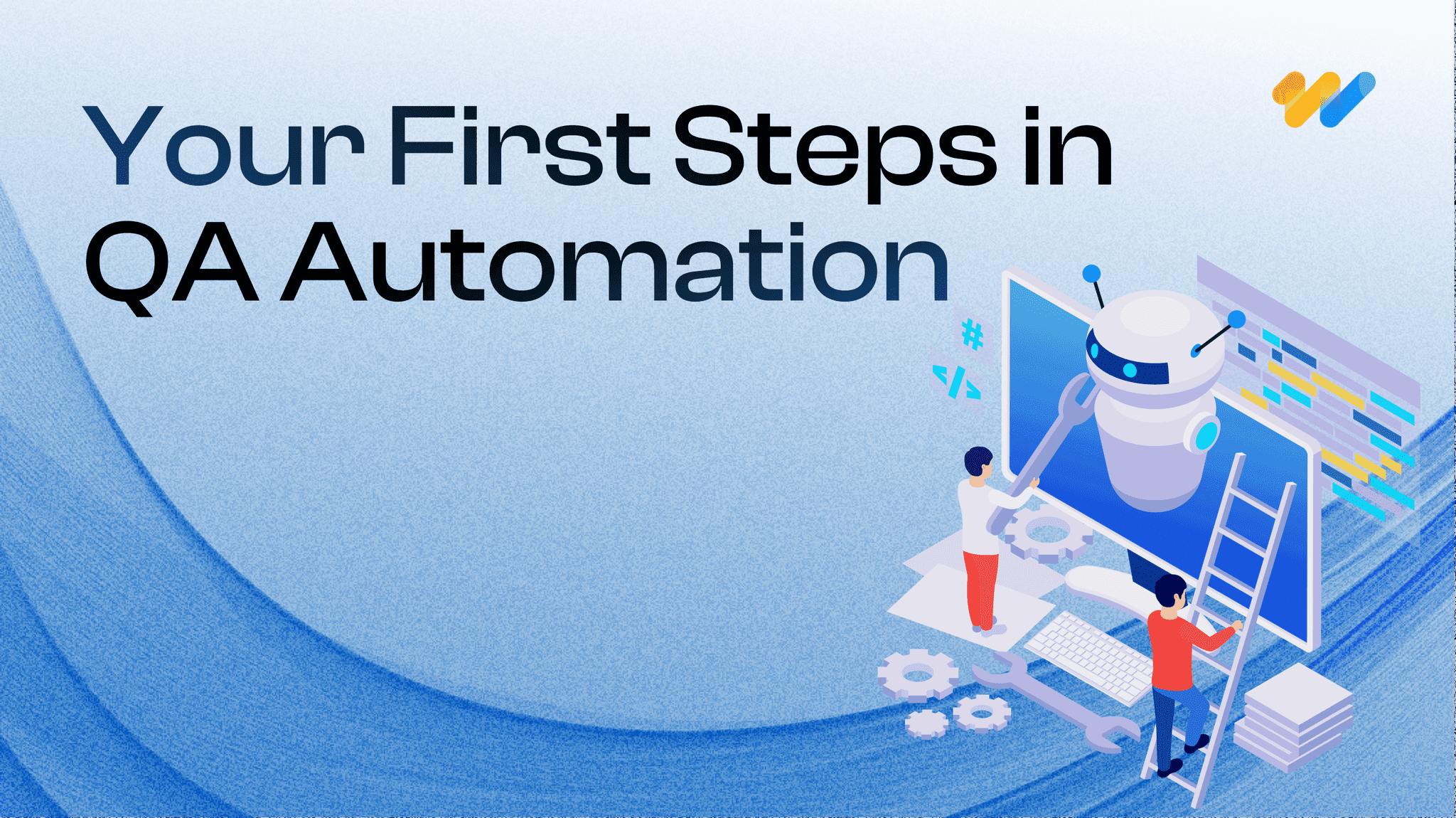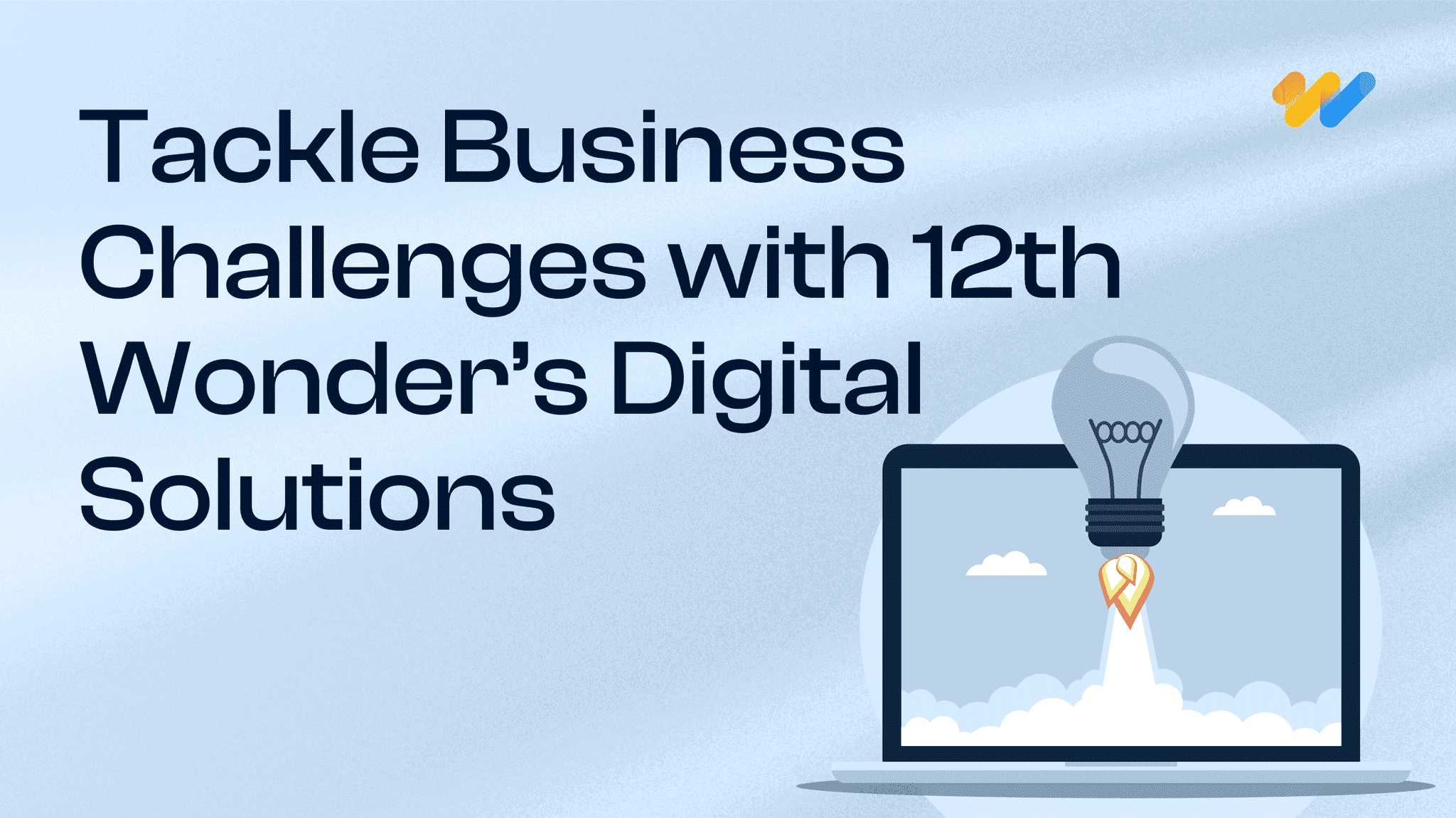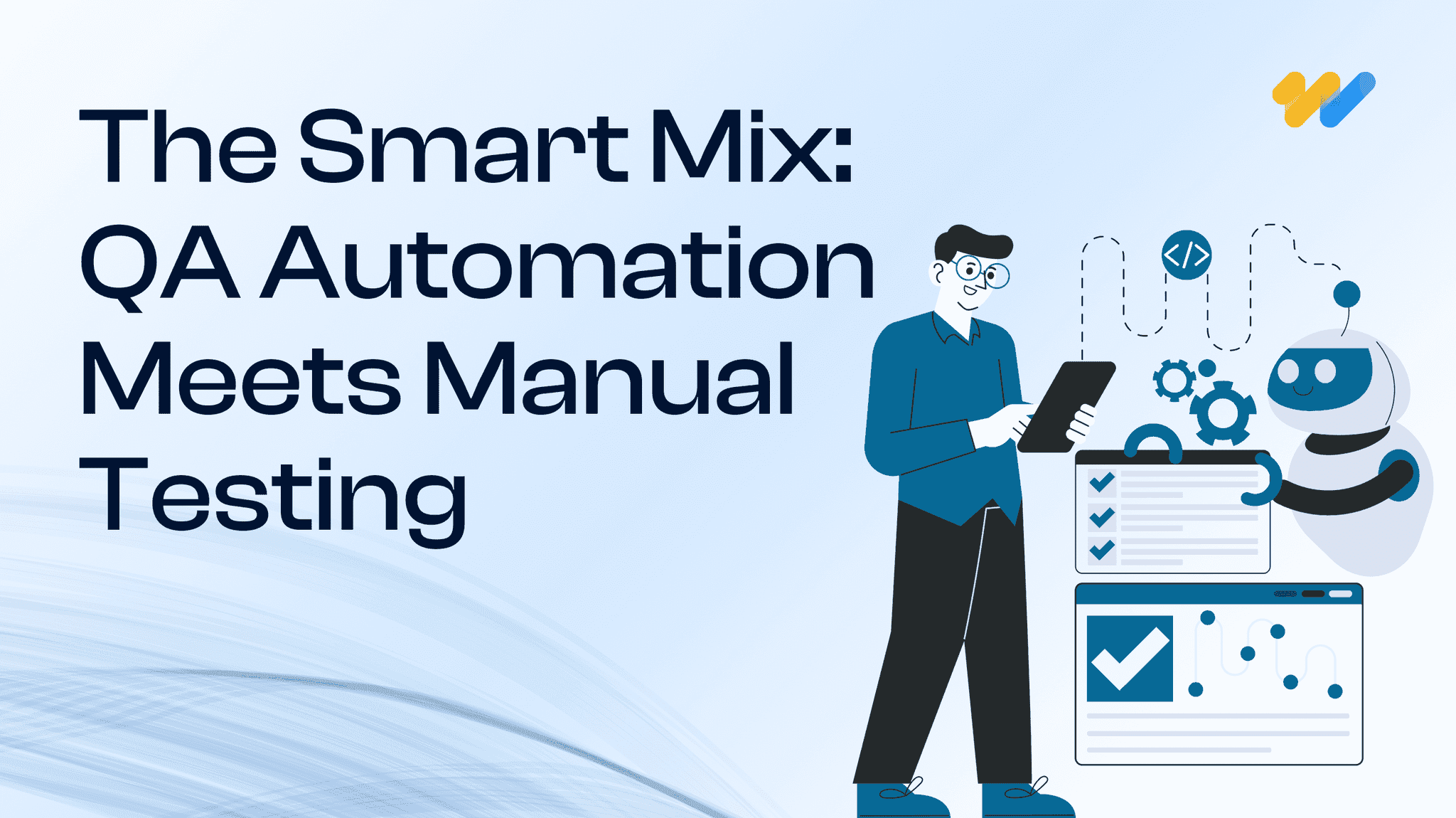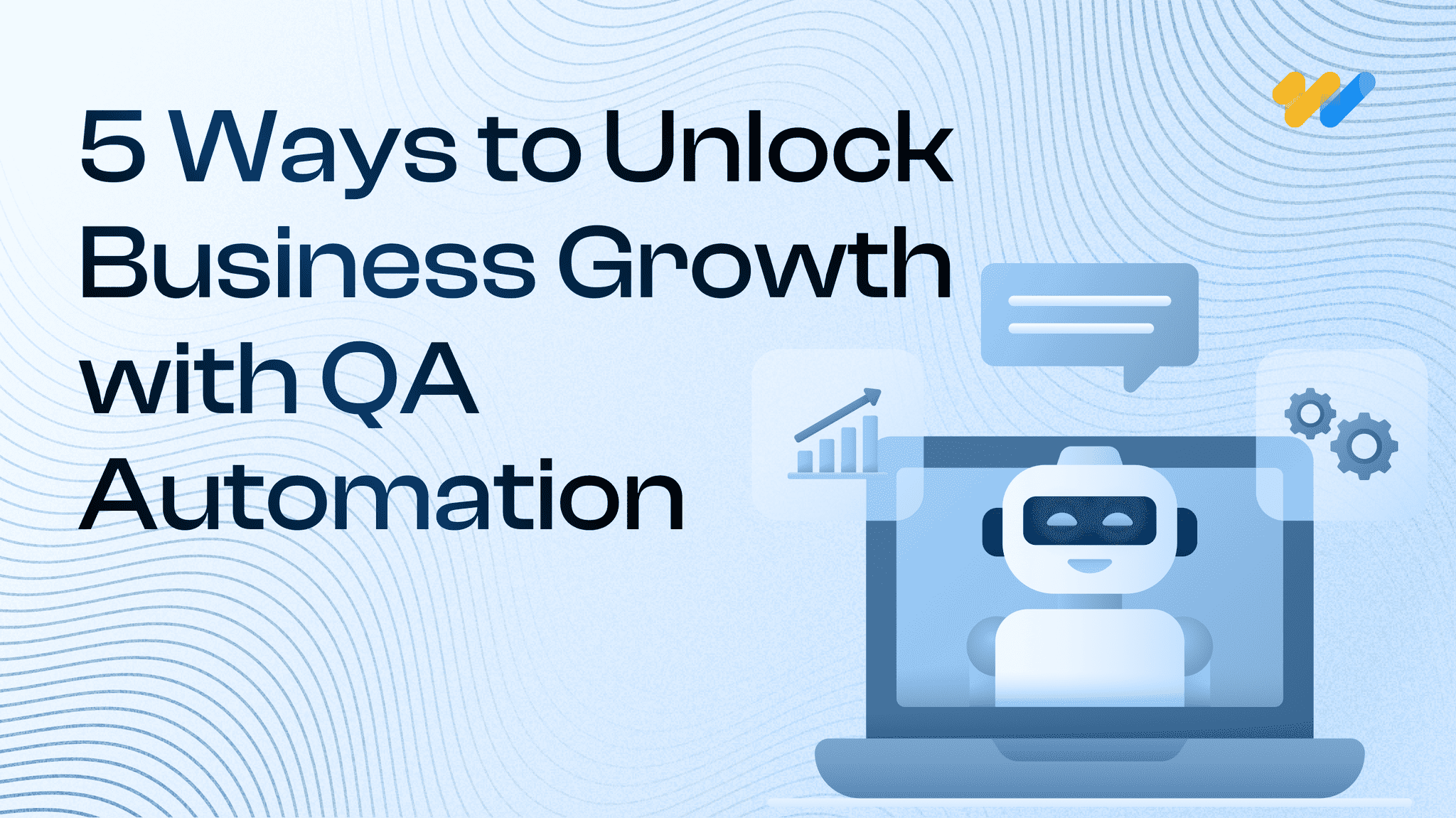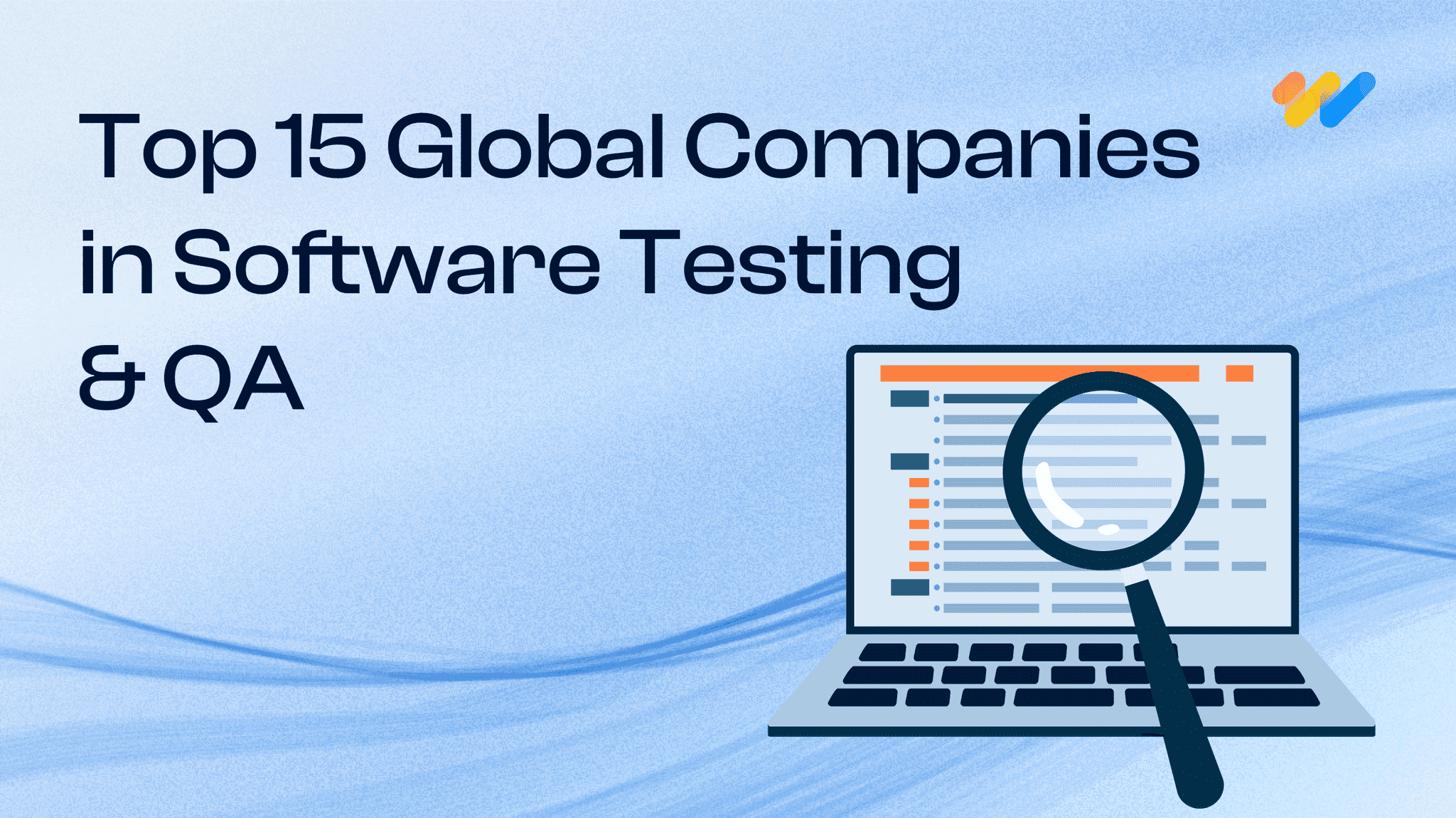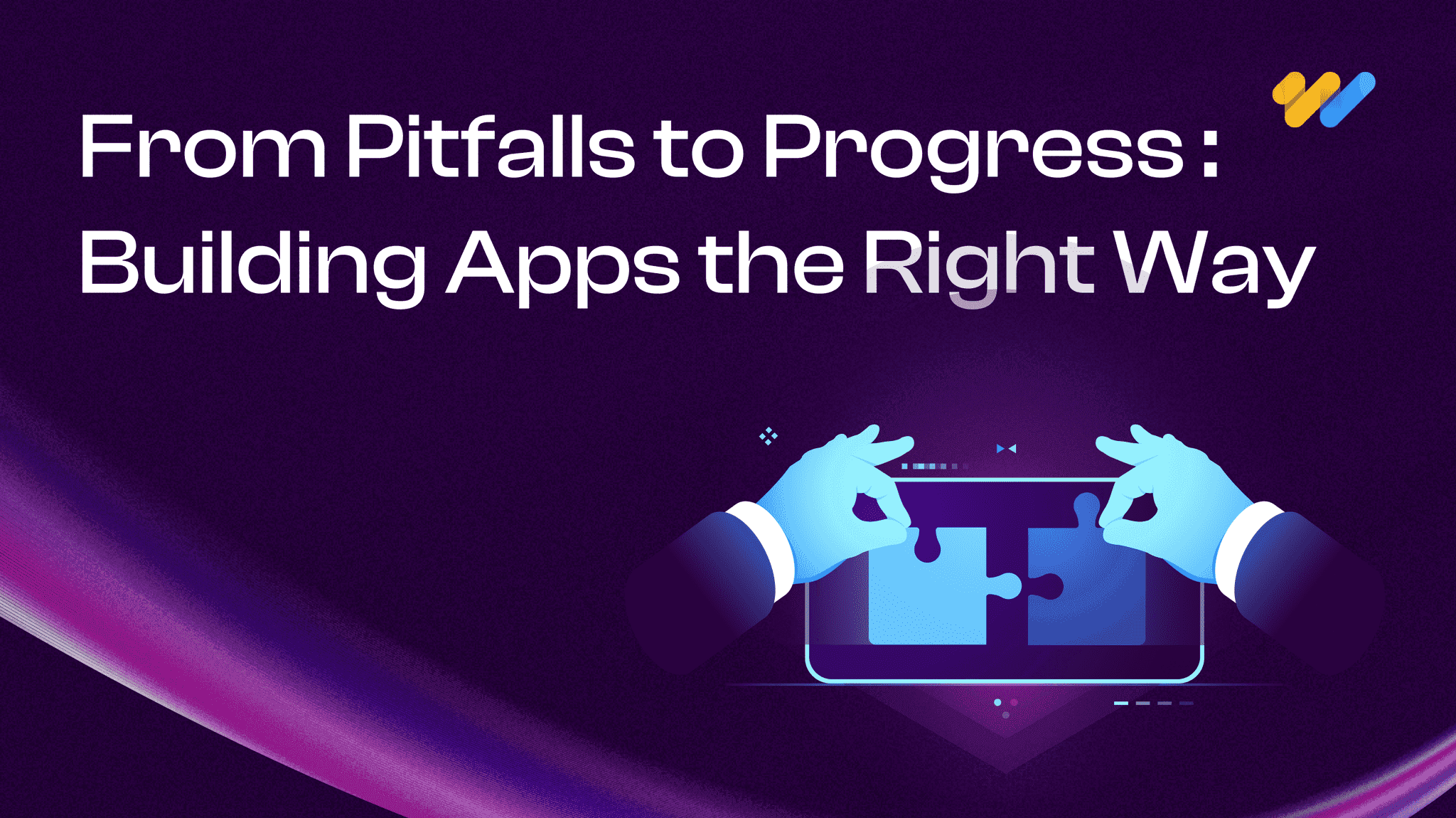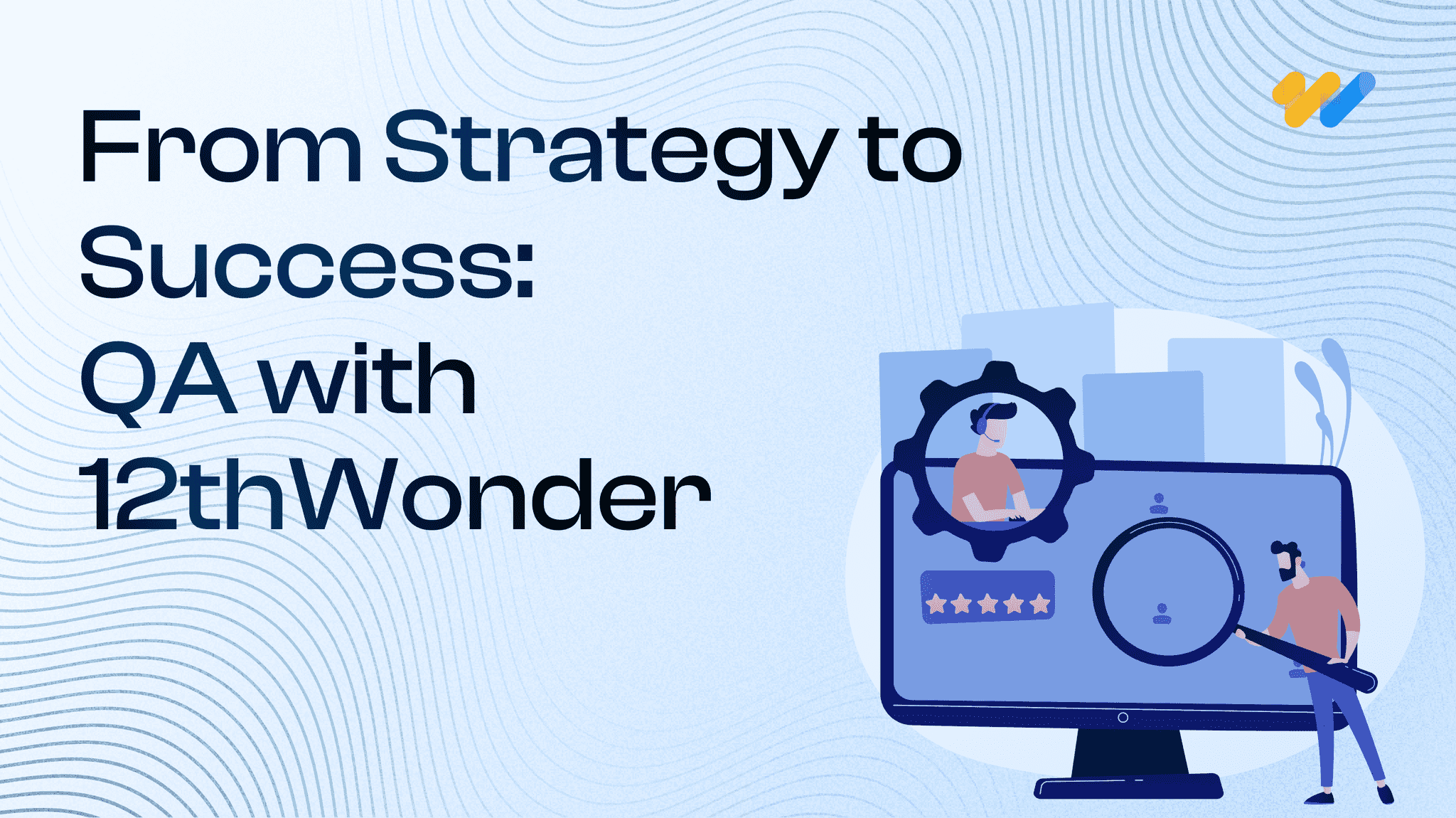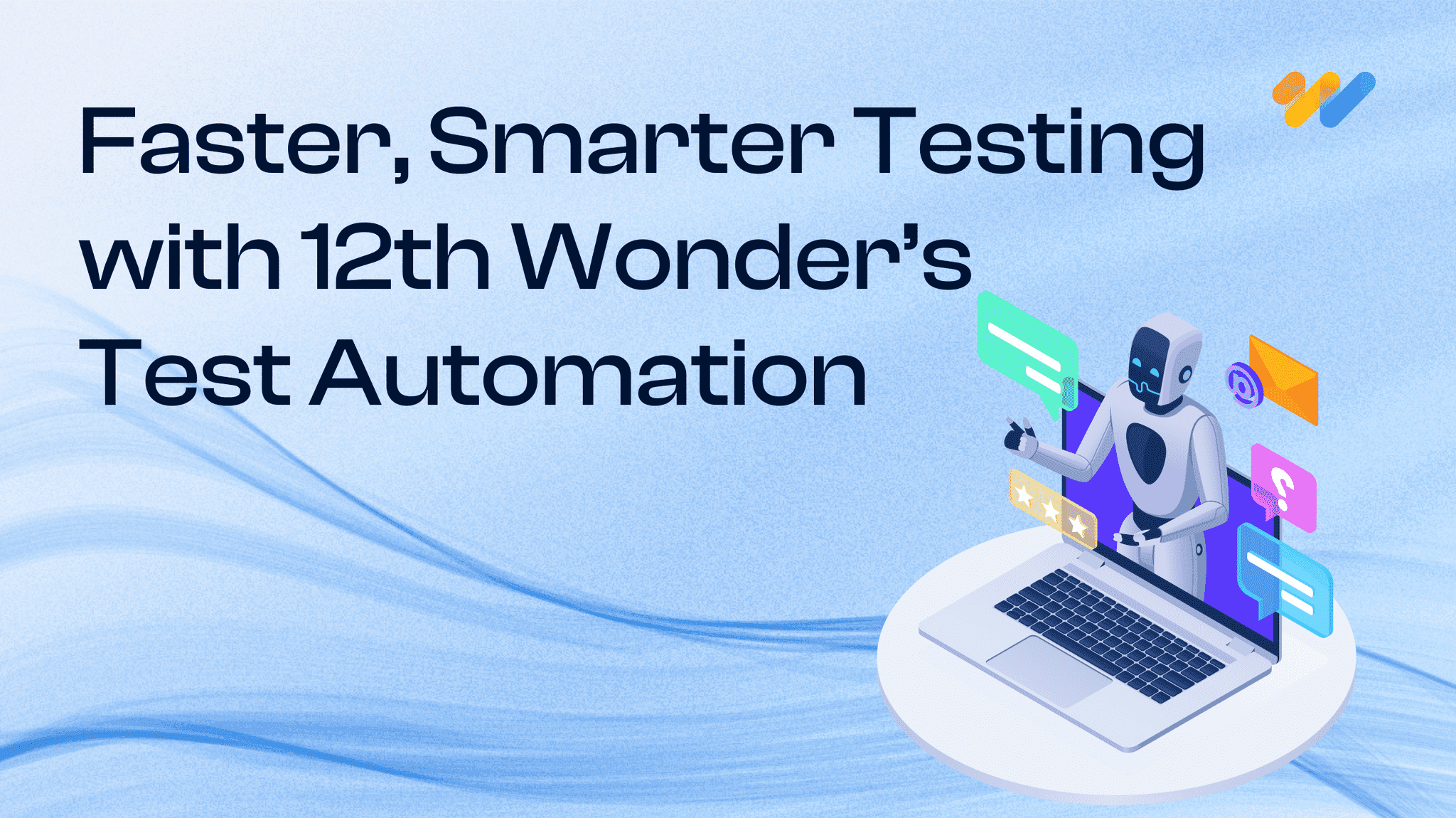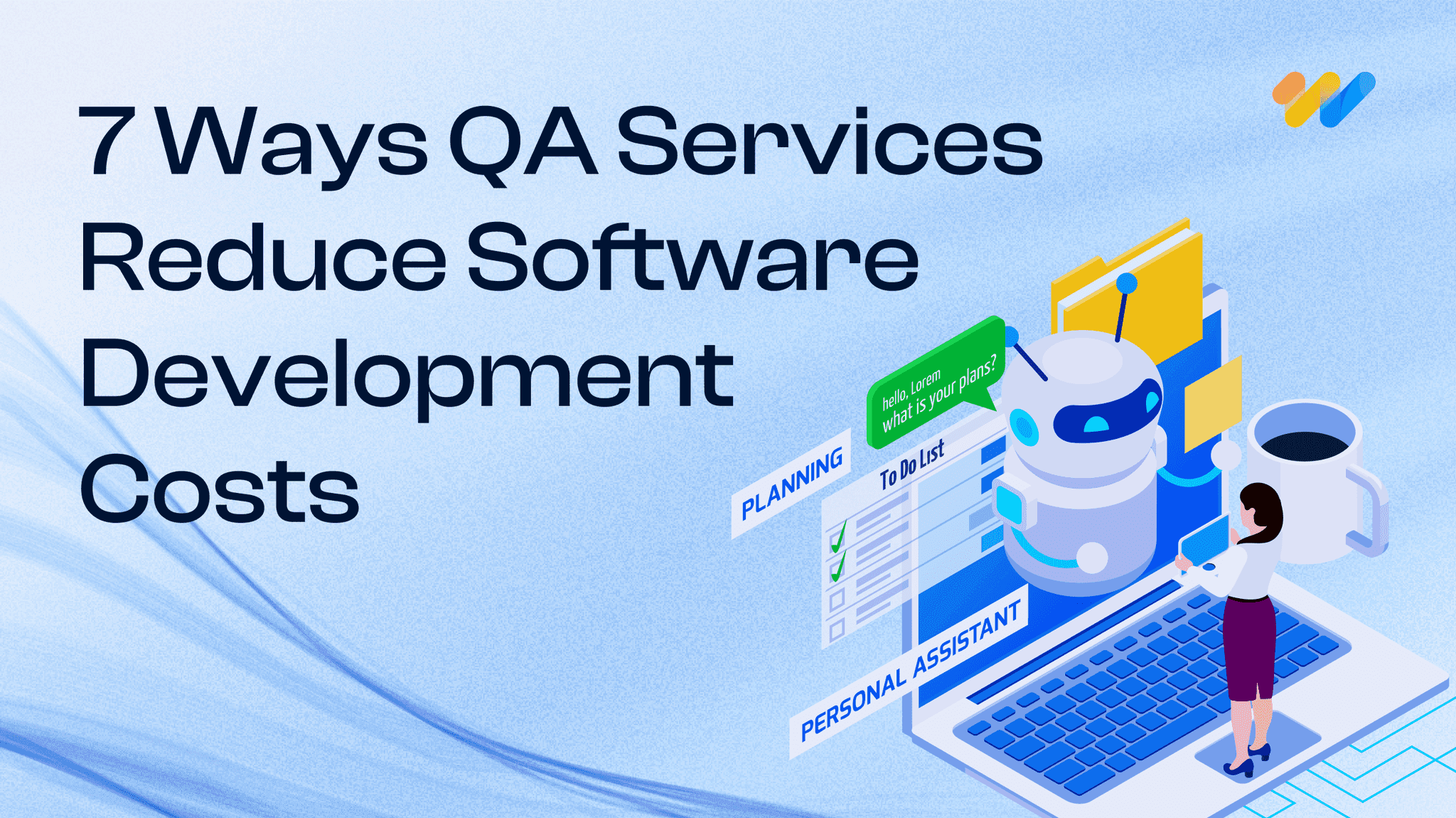The Telecom Data Migration Imperative: Challenges, Best Practices & Future-Ready Strategies
The Telecom Data Migration Imperative: Challenges, Best Practices & Future-Ready Strategies: In today’s telecom landscape, migrating legacy data systems is not just an IT task it’s a business imperative. This blog explores the strategic drivers pushing telecom providers to modernize their data infrastructure, the risks of clinging to outdated systems, and how successful migration unlocks speed, scale, and service innovation. If you’re evaluating data modernization, this is your essential guide.
Introduction
As telecom networks rapidly evolve from 4G to 5G and legacy OSS/BSS stacks shift to cloud-native platforms, data migration has become a cornerstone for modernization. Migrating massive telecom datasets is far from trivial , it’s a mission-critical initiative fraught with risks, technical hurdles, and regulatory scrutiny.
According to GSMA, global 5G connections are expected to reach 2 billion by 2025, driving unprecedented data and network evolution.
In this blog, we explore why data migration is central to telecom transformation, the common hurdles operators face, and proven best practices to ensure a seamless and secure transition.
Why Data Migration is a Telecom Game-Changer

Top Challenges in Telecom Data Migration
- High Data Volumes & Complexity Telecom data spans trillions of records across structured and unstructured formats.
- Data Integrity & Consistency Ensuring accuracy during migration is critical to avoid service disruptions and billing errors.
- Legacy System Constraints Proprietary systems often lack modern APIs and standardized models.
- Downtime Sensitivity Even minimal downtime impacts customer experience and revenues.
- Regulatory & Security Compliance Compliance with data privacy and security mandates is non-negotiable.
Best Practices for a Successful Telecom Data Migration
- Define a Clear Migration Strategy : Establish scope, system assessments, migration approaches (Big Bang vs. Phased), and data mapping.
- Data Profiling & Cleansing : Identify data anomalies, duplicates, standardize formats, and cleanse completeness.
- Robust ETL Frameworks : Scalable, modular ETL pipelines that embed data validation, error handling, and security controls.
- Automation & Validation Scripts : Ensure repeatability, error detection, reconciliation, and rollback readiness.
- Stakeholder Communication & Training : Structured communication, impact awareness, and end-user enablement ensure alignment.
- Backup & Rollback Plans : Create secure backups, define rollback workflows, and align with disaster recovery protocols.
Future Trends in Telecom Data Migration

Conclusion
The telecom sector is navigating an era of rapid disruption — from 5G rollouts to cloud-native transformations. A recent IDC report estimates that by 2026, 75% of telcos will have migrated their OSS/BSS to the cloud to achieve operational agility and scalability.
Yet, data migration remains a critical bottleneck if not handled with precision, governance, and automation. By adopting robust methodologies, automation-first approaches, and future-ready architectures, operators can modernize confidently paving the way for faster innovation, improved customer experiences, and operational efficiencies.
How 12thWonder Can Help
At 12thWonder, we specialize in telecom data migrations combining domain expertise, automation-first frameworks, and cutting-edge migration tools to deliver secure, scalable, and compliant migrations. Whether you’re looking to modernize platforms post-M&A, migrate from legacy OSS/BSS, or prepare for 5G ecosystems, our experts ensure zero-disruption, high-integrity data transitions.
Ready to Migrate Without the Mayhem?
See how we can future-proof your data journey.


